Refind Japan
- Experience local food Culture -
Refind Japan is an immersive tour designed to help you rediscover the charm of the food and traditional culture of Japan. Here, the natural landscape offers an array of seasonal treasures. In spring, wild mountain vegetables and bamboo shoots represent the gifts from the land, while summer brings the sun reflecting off the ocean under vibrant blue skies, and the taste of fresh seafood and the bounties of the sea. Autumn is enjoyed amidst brilliant foliage, offering a rich harvest from the fields and forests, while winter invites you to savor unique local dishes crafted with local ingredients against a snow-covered backdrop. This tour delivers one-of-a-kind stories, carefully curated to create unforgettable memories of Japan’s cuisine and cultural heritage.
Click here to book an experience plan
Story01
Let your Five Senses Experience the Culinary and Cultural Heritage of Kishu
In Kishu, now Wakayama, you will discover Wakanoura, a landscape of breathtaking beauty celebrated in the ancient Manyoshu poetry collection, and Wakayama Castle, a striking white castle that towers over the center of Wakayama, reflecting the prestige of the Tokugawa family. Wakayama is also home to prized natural whetstones, known as Omura Whetstones, which have supported Japanese culinary traditions for centuries. Katsuura Fishing Port, renowned for its tuna hauls, ranks as Japan’s top port for longline-caught fresh tuna.
On this journey, you will sharpen a Yanagiba knife with guidance from master tuna handler Yoshinori Izumi in the shadow of Wakayama Castle. Experience the sharpness of your own hand-sharpened blade, followed by an up-close demonstration of tuna filleting by Mr. Izumi. Finally, savor the flavor of freshly caught tuna by crafting your own sushi with this premium fish.
Alongside Ishikawa’s Wajima-nuri and Fukushima’s Aizu-nuri, “Kishu Lacquerware” is renowned as one of Japan’s three great lacquerware traditions. This craft blossomed under the Tokugawa family’s protection during the Edo period and traces its roots to Negoro lacquer, which was developed by the monks of Negoro Temple in Iwade City, Wakayama, as everyday tableware. Recognized in 1978 as a Japanese Traditional Craft, the tradition of Kishu Lacquerware has been preserved by the Tanioka family for two generations of master craftsmen. Guided by Ms. Kimiko Tanioka, a certified master craftsperson, you’ll explore the profound artistry of lacquerware through a maki-e (gold dusting) experience, and create an original bento box to take home as a lifelong keepsake.
This journey invites you to engage all five senses as you immerse yourself in the culinary and cultural traditions of Kishu, nurtured by its unique nature and climate, and deeply cherished by its people.
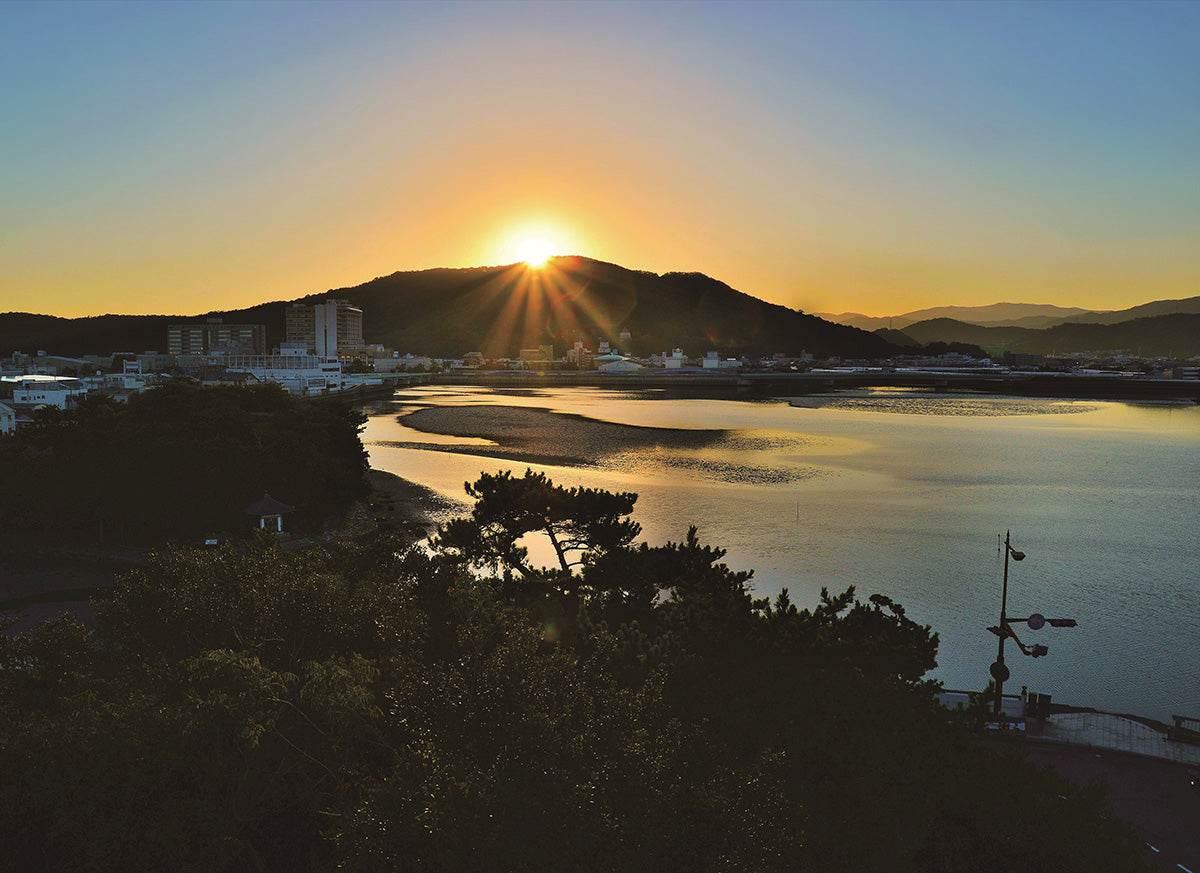
Wakanoura: Natural Beauty That Has Captivated People for Generations
Wakanoura is a special place where breathtaking nature and history intertwine, as celebrated in the ancient Manyoshu poetry anthology. Each season reveals a unique landscape, captivating all who visit. During cherry blossom season, Wakanoura is especially enchanting, offering a glimpse into the hearts of ancient poets. During the Edo period, lords of the Kishu Domain were also drawn to its beauty, and were said to love its splendor. Surrounded by tranquil waves and lush green mountains, Wakanoura invites you to spend a peaceful, restorative moment in harmony with its timeless beauty.
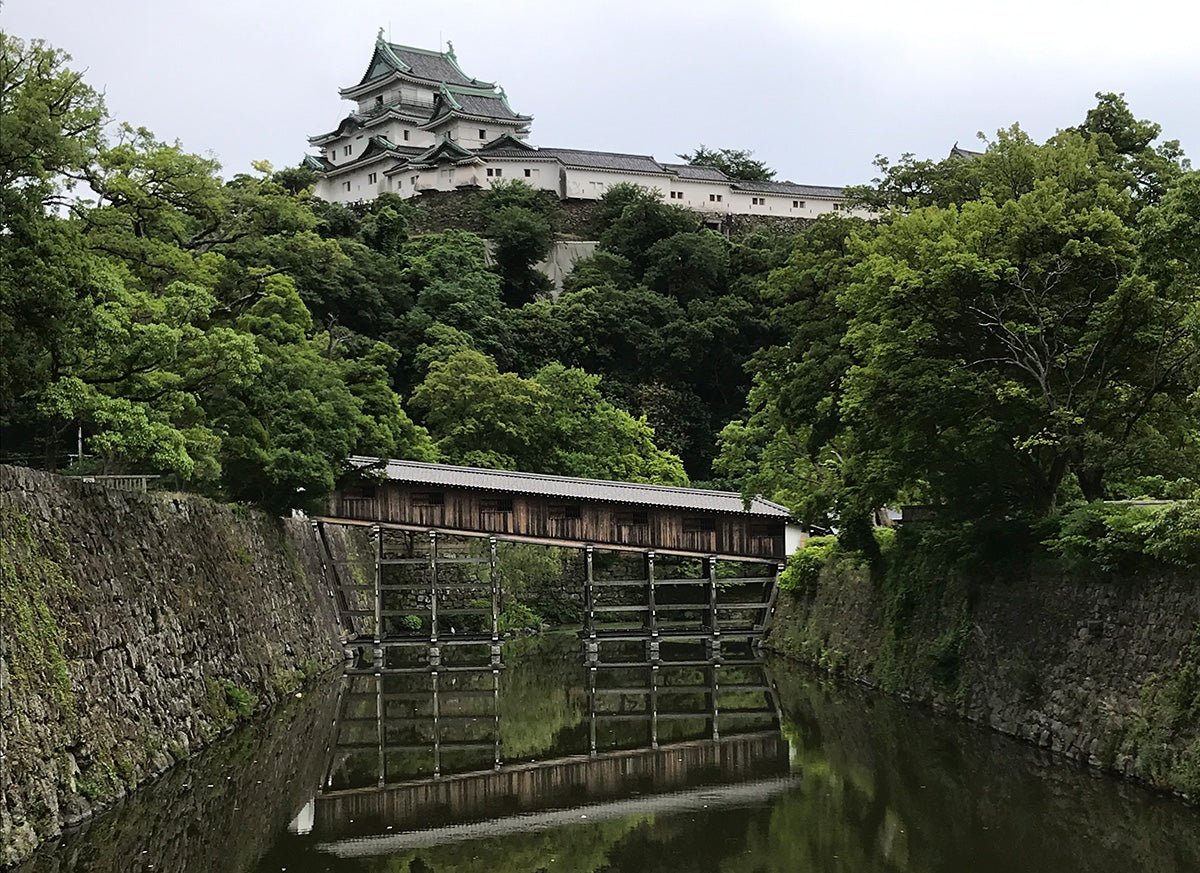
Wakayama Castle: Majestic Symbol of the Tokugawa Legacy
Perched atop the lush, green hill of Torafusu-yama, the gleaming white tower of Wakayama Castle embodies the majesty and dignity befitting one of the Three Houses of Tokugawa. The castle’s stone walls, constructed with Kishu’s locally sourced bluestone, lend a distinctive character to its appearance. From the main tower, you can enjoy sweeping views of Wakayama City, with the tranquil Kinokawa River winding through the landscape below.
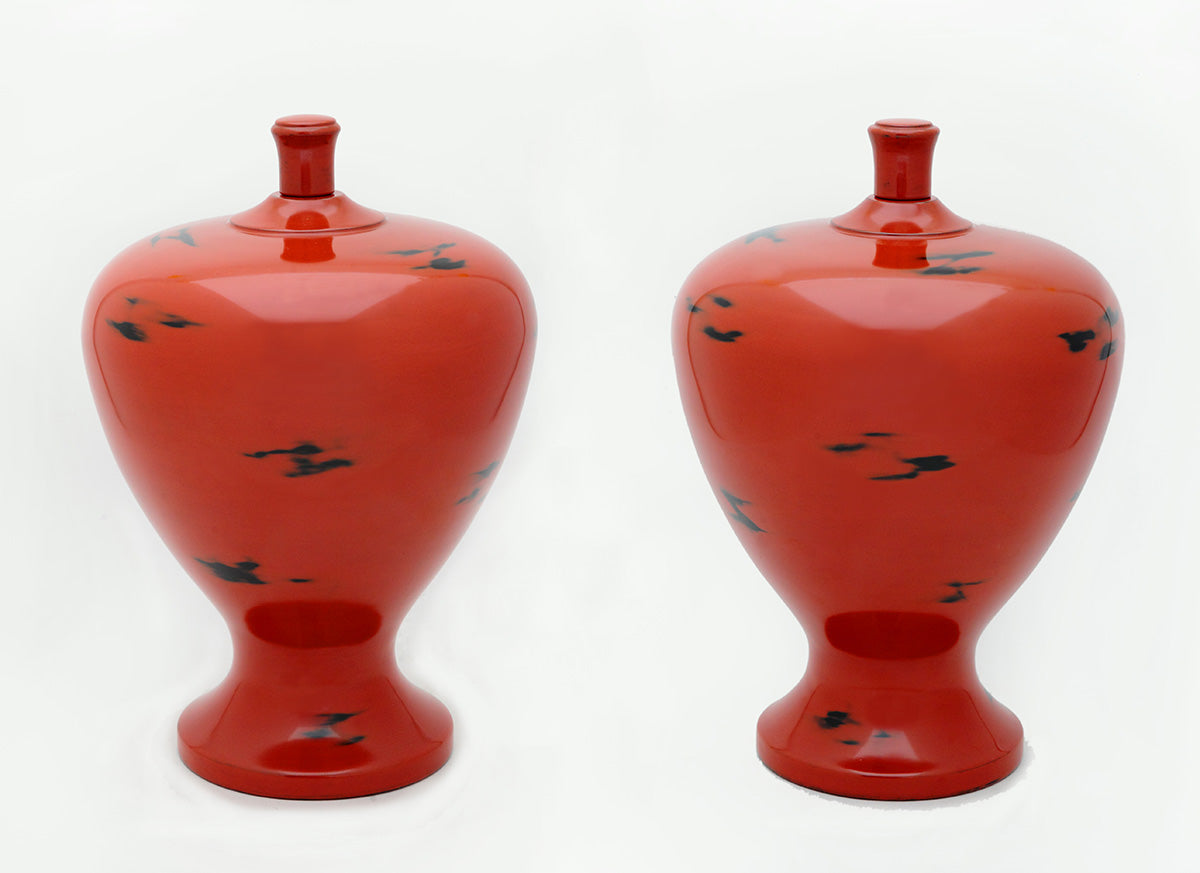
The Traditional Craft of Kishu Lacquerware
Kishu lacquerware, produced primarily in the Kuroe area of Hainan City, is celebrated as one of Japan’s three great lacquerware traditions. Its origins trace back to the Muromachi period (1392-1593), when wood artisans from the Omi tradition crafted Shibuji bowls. Another key influence is Negoro-nuri, a style that began when monks at Negoro Temple, in present-day Iwade City, crafted their own temple utensils, such as trays and bowls. The beauty of Kishu lacquerware lies in its functional elegance, combining aesthetics rooted in practical utility.
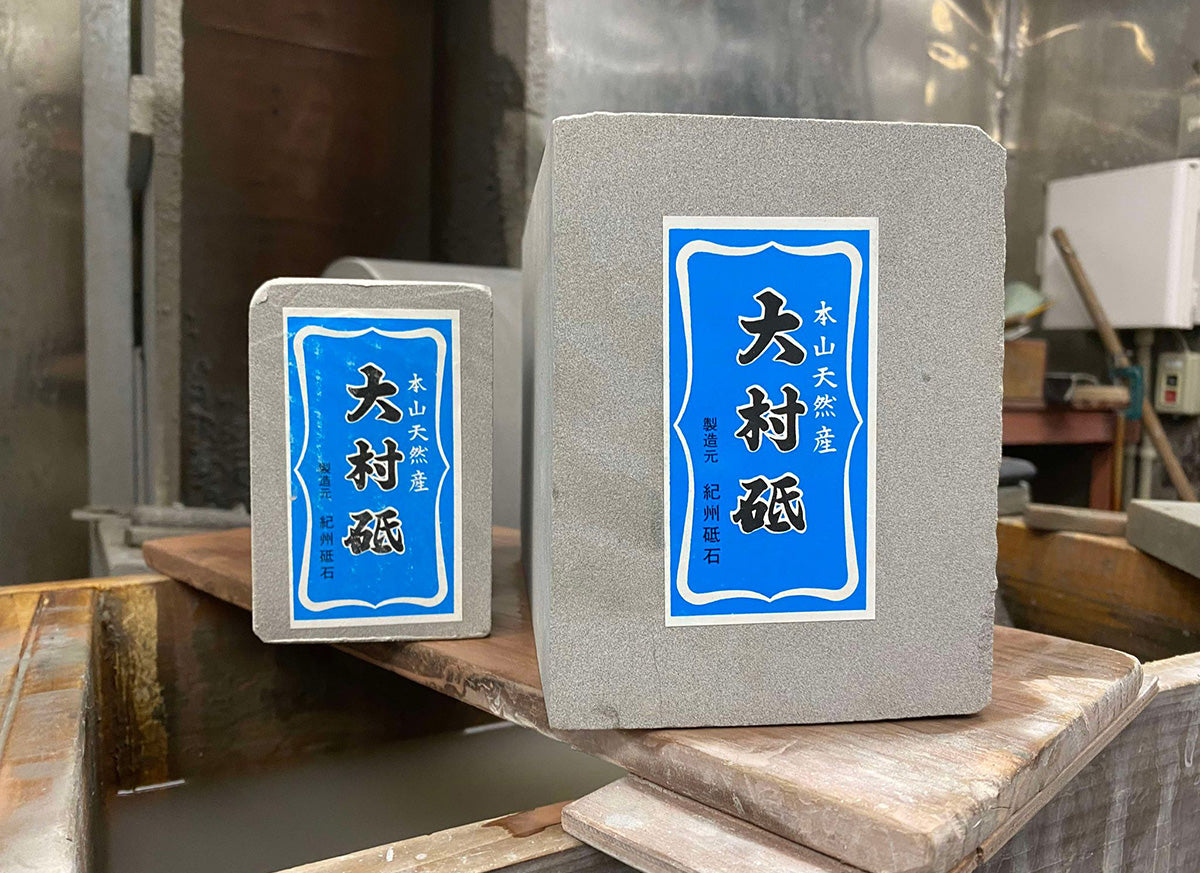
Natural Whetstones: The Unsung Heroes of Japanese Craftsmanship
Natural whetstones are a behind-the-scenes, indispensable part of Japan’s traditional craftsmanship, sharpening the blades crucial to Japanese culture and artistry. Japanese cuisine, recognized by UNESCO as an Intangible Cultural Heritage, relies on these stones, as many chefs meticulously sharpen their Japanese knives on these natural whetstones to bring out the true flavors of their ingredients. Kishu’s Omura Whetstones, often used by blacksmiths, are prized for removing oxidation marks that form after hardening and tempering, and for removing dents that form on the surface of the blade.
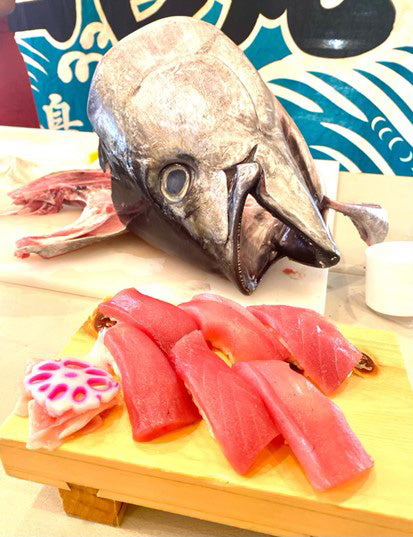
Fresh Tuna from Katsuura: Japan’s Top Haul for Longline-Caught Maguro
Nestled in the picturesque seaside town of Nachikatsuura in southern Wakayama Prefecture, Katsuura Fishing Port boasts Japan’s largest volume of fresh longline-caught tuna. This fishing method has roots in the Edo period (1603-1868) when tuna was often preserved and eaten like salted salmon because of a lack of refrigeration. It was the introduction of soy sauce that marked a turning point, popularizing raw tuna as a delicacy. It is perhaps no coincidence that Kishu’s Yuasa—known as the birthplace of soy sauce—would be a part of this transformation in Japanese cuisine.
Refind KISHU
If you are seeking a truly unique experience in Japan, we invite you to embark on a multiple-sensory journey through Kishu, where you can immerse yourself in the region’s distinctive culinary and cultural heritage, nurtured by its natural landscape and woven into the lives of its people.
Featured collection
-
A One-of-a-kind Lacquerware Experience by a Master Artisan
Regular price From ¥198,000Regular priceUnit price per




